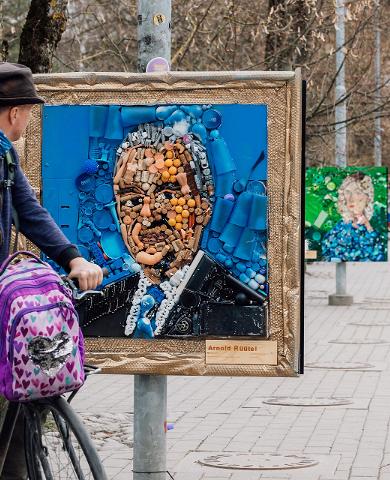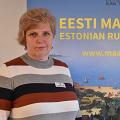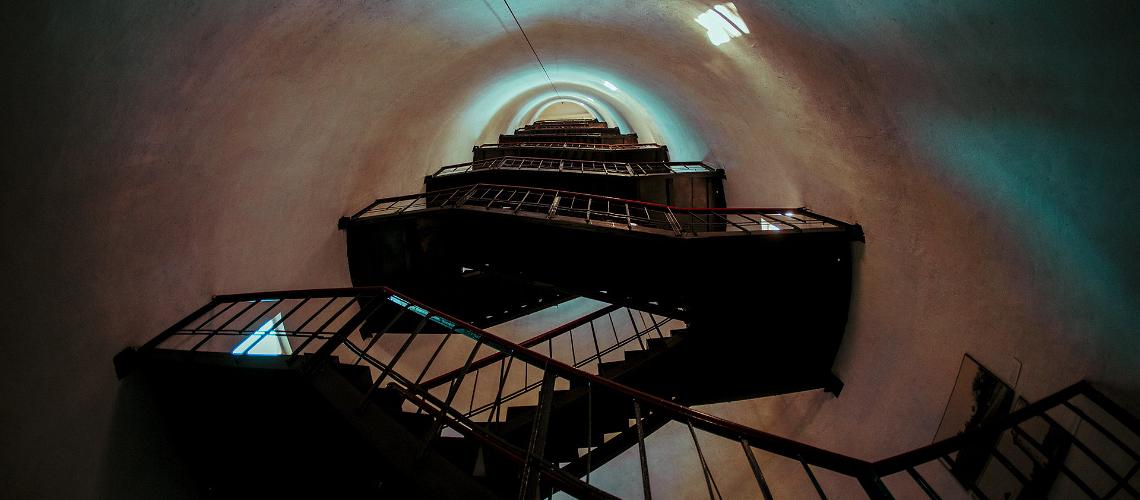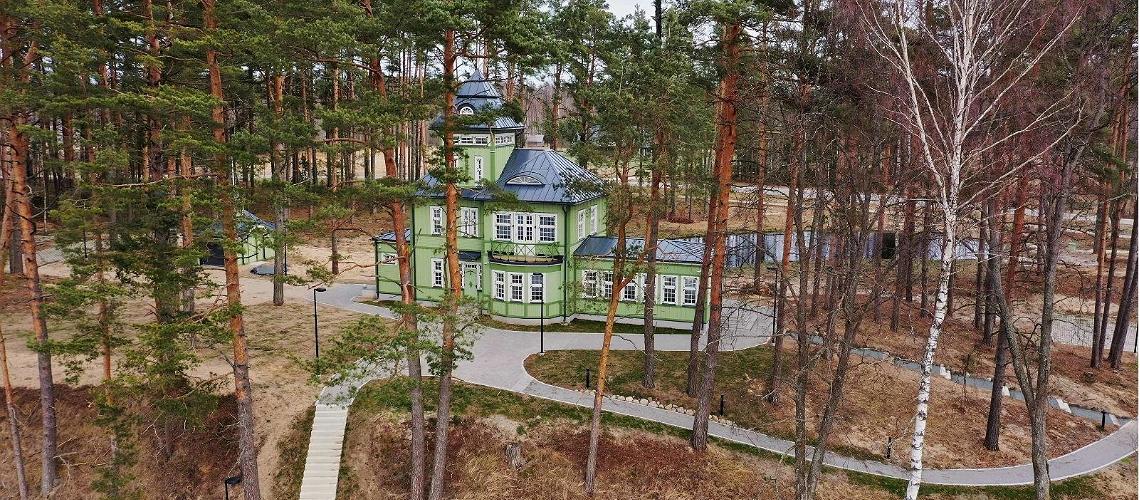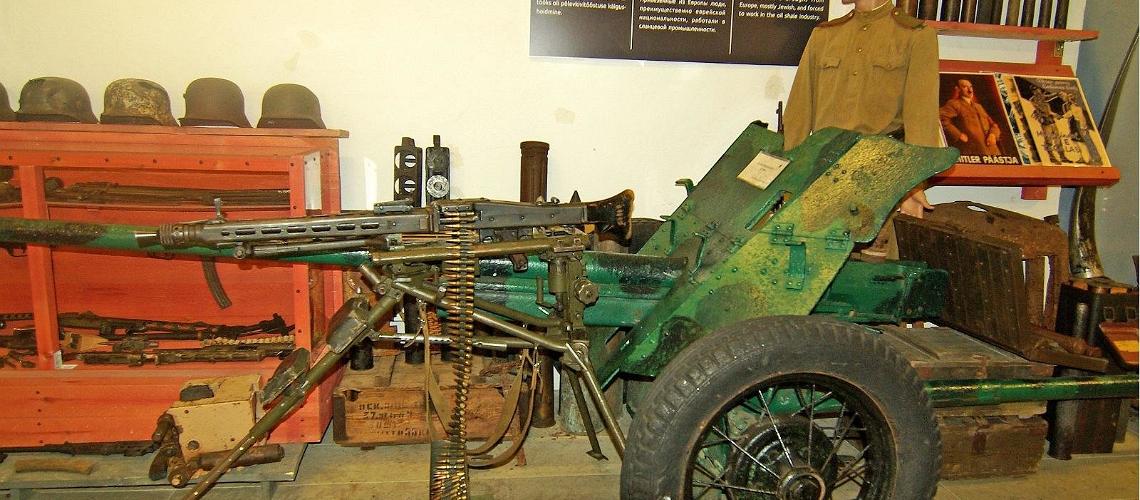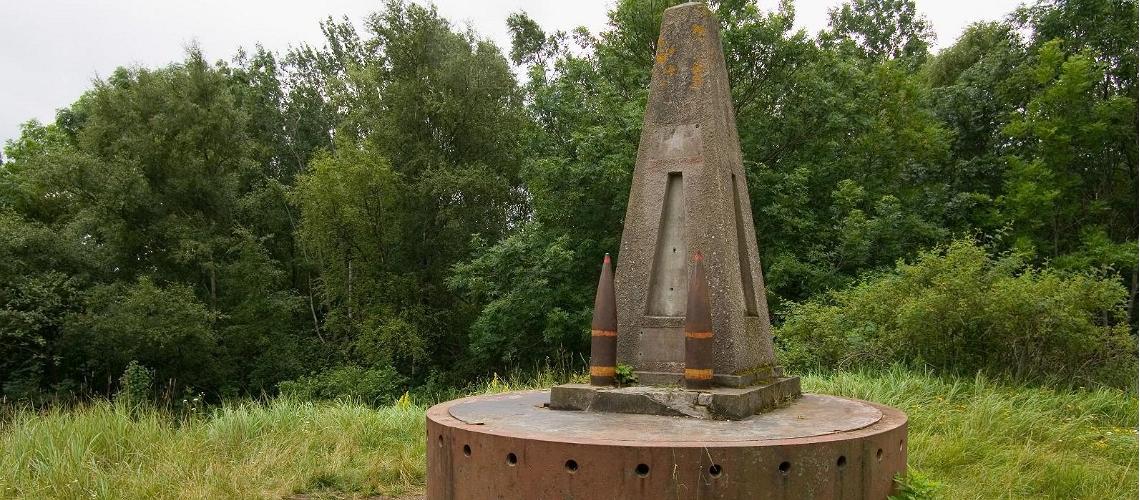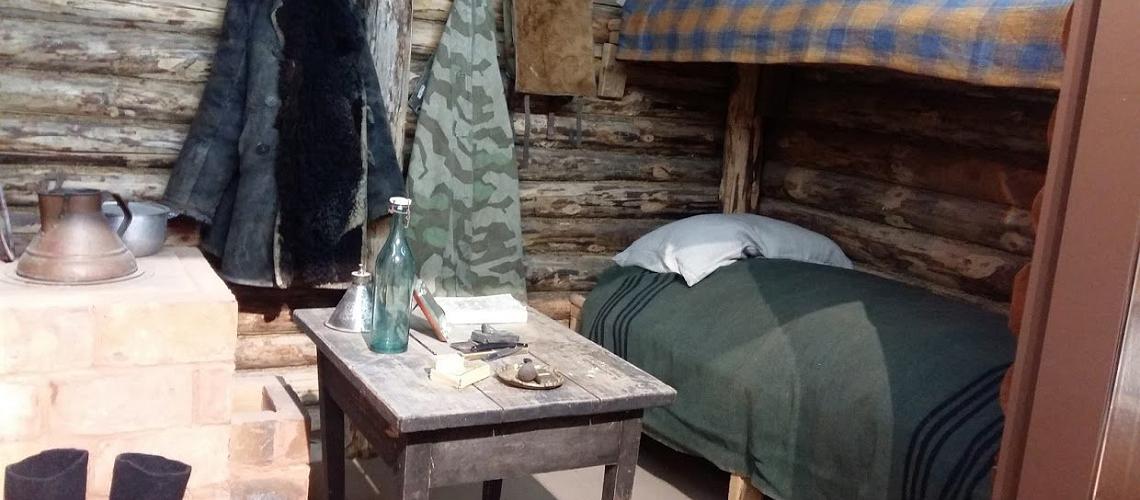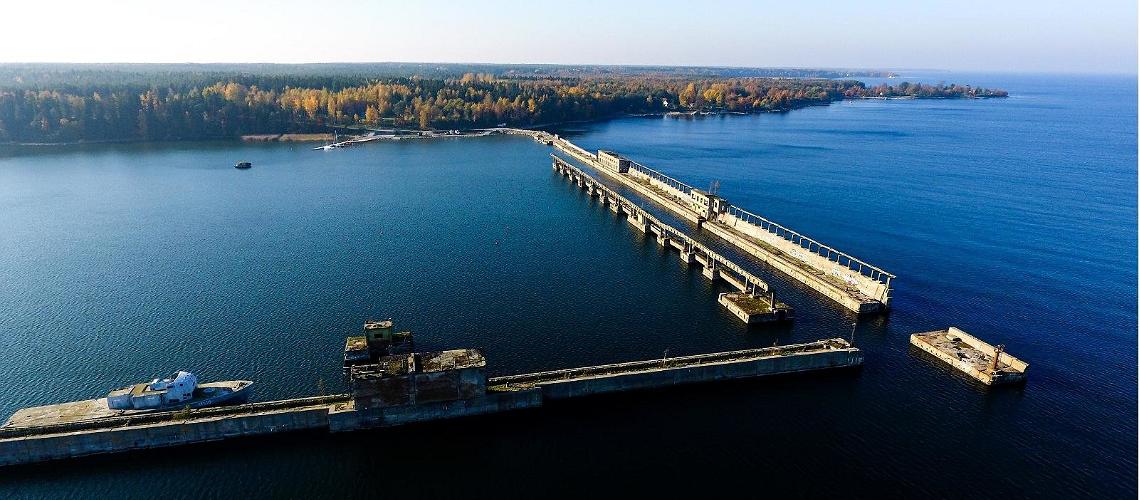Thanks to the exciting history of the country, there are plenty of signs of military activity in the 20th century in Estonia – from recent history as well as the more distant past. In order to make it easier to sift through them, the points of interest mentioned in this article - outside Tallinn this time - are divided into four eras. There are also a few places in Estonia where you can get a general overview of the topic and some museums with amazing exhibitions, such as the Estonian War Museum, the Hiiumaa Military Museum and the Military Equipment Museum of Saaremaa.
World War I
No large structures remain from World War I, but with the help of knowledgeable locals and guides you can find and ‘read’ the landmarks of Peter the Great’s Naval Fortress in Paldiski and Naissaar, walk on the military port breakwater built in 1912 in Orjaku and visit the old renovated hut there, which can be considered the smallest exhibition space in Estonia.
War of Independence
The Estonian War of Independence is kept alive in our memories by older generations and the many restored monuments (most of which were destroyed by the Soviets). A few originals still stand today, such as the memorial in Pilistvere cemetery, which was erected in 1932. There are many other important landmarks from the era of the first republic as well.
The Estonian Military’s Northern Camp in Pechory (II Division) was built in 1926 on the shores of Lake Õrsava in Värska. This was the summer training centre for cavalry and artillery soldiers from all over Estonia. There were barracks for the soldiers as well as houses for the officers, stables, a cafeteria and a rather impressive casino. Most of the buildings have since been destroyed, but the barracks and a few of the houses remain.
The centrepiece of the Northern Camp is Reek’s house, which was opened to visitors in 2020. This Art Nouveau summer residence of Nikolai Reek, which was restored as accurately as possible, is without doubt the architectural star of the Northern Camp. Värska Visitor Centre has been operating out of the house since June 2020. The exhibition in the centre is about the camp (which was set up there in 1920), the War of Independence and the use of mud therapy and mineral water in the region. The centre also has a small café and a tourist information point. You can borrow bikes, boats and pedalos or ice skates, depending on the season, and there is parking space for caravans.
World War II and the Forest Brothers
There is plenty of material on World War II in museums. One which offers a comprehensive exhibit on its bloody conflicts is the Vaivara Blue Hills Museum. Estonians’ knowledge of history is further illustrated by various types of geographical place marker.
An example is the Jalaka line, which is 4 km from Tartu near the village of Räni. This marks the spot of an anti-tank trench constructed alongside the Riga road to fend off the German forces in summer 1941. Tartu citizens between the ages of 16 and 55, men and women alike, were sent by Soviet forces as forced labour to build reinforcements. The German forces used the Jalaka line in 1941 and 1942 as a place of execution for Tartu concentration camp prisoners who had been sentenced to death. A monument created by Elmar Rebane and Väino Tamm was erected during the Soviet era in remembrance of the victims of terror. You still get a sense of the grandness of the memorial today.
We have learnt from the mistakes of others and have not destroyed monuments erected during the various periods of Estonia’s occupation – they should be seen as signs of their times. The Stebel coastal defence battery on the island of Saaremaa is an example of a landmark from that period that can still be explored today.
You can learn a lot about the era of the Forest Brothers from war history buffs in Southern Estonia, especially Võru County. You can find bunkers used by the forest brothers, as well as memorials, such as sculptor Mati Karmin’s fir tree memorial in Vastseliina cemetery, with Hando Runnel’s poems Mets (‘Forest’) and Eesti eest surmani (‘For Estonia unto Death’) engraved on it. A forest brothers’ bunker is exhibited at Võru County Museum as well.
Cold War (up to 1991)
The Cold War, which lasted for decades, meant occupation for Estonians, and for those living on Europe’s borders it also meant military and rocket bases and border control sites. A few of them are now tourist attractions.
The port at Hara – a submarine degaussing base – is being developed on the north coast of Estonia. Everything from that time is very effectively exhibited and undergone changes that allow tourists to enjoy the exhibit despite the dark stories and surroundings.
The Kadila/Rohu rocket base in Lääne-Viru County is hidden in the woods, but once you find it you will be surprised. The tall arched structures and network of roads hint at what the previously closed off and well-hidden area was used for. Today you can get there thanks to the State Forest Management Centre hiking paths and campfire site.
You will also find old military bases still partly standing in the village of Maantee on Sõrve Peninsula on the island of Saaremaa.
Rural Tourism NGO is working with local and Latvian partners on the ‘Military Heritage’ project, which aims to map, mark and partly restore many different sites related to military history. The project is ongoing but the virtual map is already full of landmarks.






